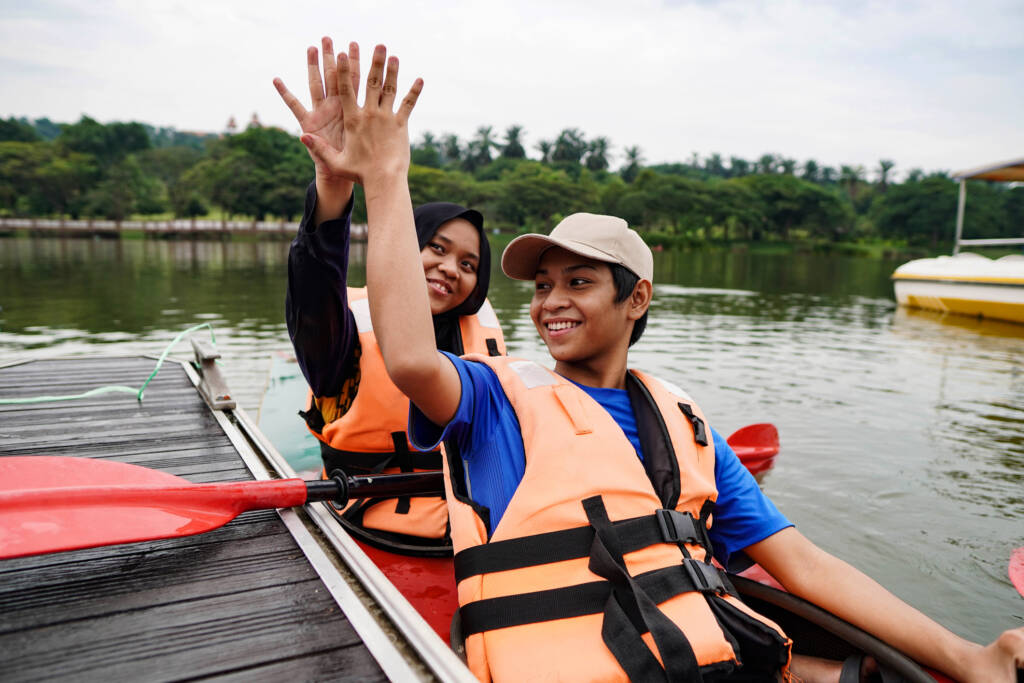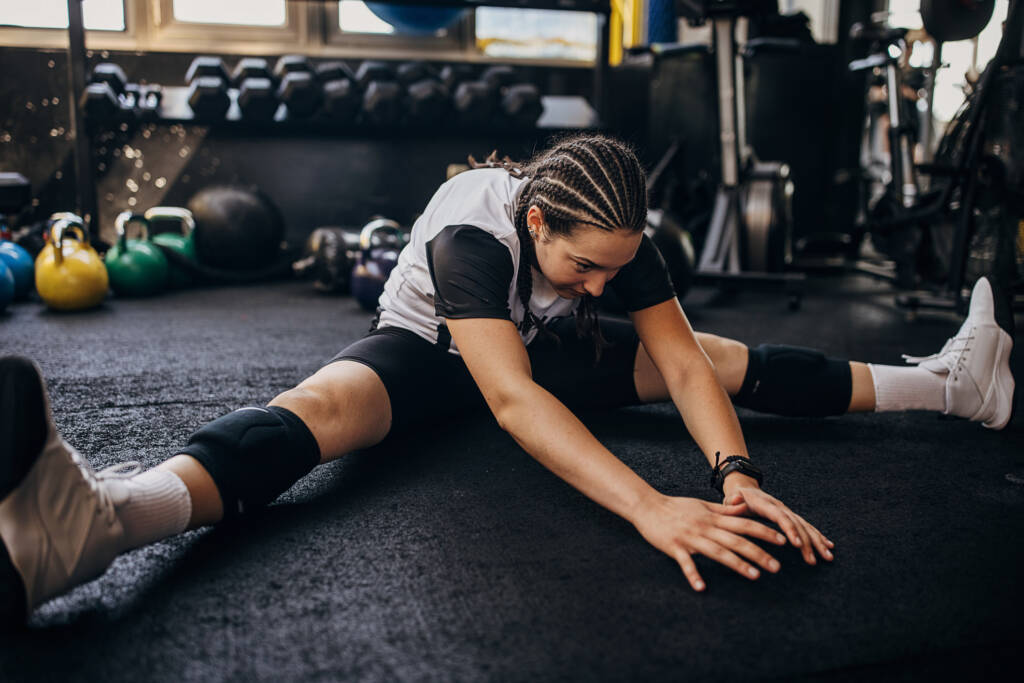
PE Walking Fitness

This course helps students establish a regular walking program for health and fitness. Walking is appropriate for students of all fitness levels and is a great way to maintain a moderately active lifestyle. In addition to reviewing fundamental principles of fitness, students learn about goals and motivation, levels of training, walking mechanics, safety and injury prevention, appropriate attire, walking in the elements, good nutrition and hydration, and effective cross-training. Students take a pre and post-fitness assessment. Throughout this course, students also participate in a weekly fitness program involving walking, as well as elements of resistance training and flexibility.
This course includes assignments that ask students to count calories which can be emotionally challenging and may be triggering for some individuals. Please let your instructor know if this is the case for your student, and the assignment will be modified or excluded.
Major Topics and Concepts
-
-
- Unit 1: Getting Started
- 1.1: Fitness Assessment & Analysis
• 1.2: Getting Started
• 1.3: Training Plan
• 1.4: Goal Setting & Motivation
- 1.1: Fitness Assessment & Analysis
- Unit 2: Walking Mechanics
- 2.1: Warm Up & Cool Down
• 2.2: Walking Technique
• 2.3: Principles & Training Zones
- 2.1: Warm Up & Cool Down
- Unit 3: Safety & Equipment
- 3.1: Rules & Safety
• 3.2: Walking in the Elements
• 3.3: Walking Shoes & Equipment for Walking
- 3.1: Rules & Safety
- Unit 4: The Walking Scene
- 4.1: Benefits of Walking
• 4.2: Speed Training
• Unit 5: Overall Wellness
• 5.1: Diet & Exercise
• 5.2: Cross-Training
- 4.1: Benefits of Walking
- Unit 1: Getting Started
-
Competencies
Walking Fitness Assessment and Analysis
Students will demonstrate an understanding of walking fitness assessments and analysis by explaining elements of walking fitness assessments, explaining walking training plans, and describing walking fitness goals.
Walking Mechanics
Students will demonstrate an understanding of walking mechanics by describing exercise principles, describing walking techniques, and explaining training zones.
Walking Safety and Equipment
Students will demonstrate an understanding of walking safety and equipment by explaining walking safety rules, describing walking in the elements, and describing walking equipment.
Walking Culture
Students will demonstrate an understanding of walking culture by describing the benefits of walking and explaining speed training.
Walking Wellness
Students will demonstrate an understanding of walking wellness by explaining the dietary demands of athletes and explaining the benefits of cross-training.

